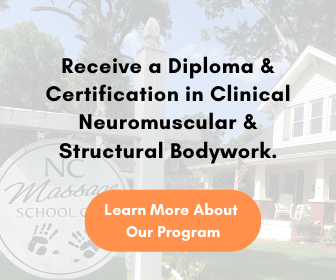After you have earned your massage therapy license and find yourself in the field working with patients, you are going to find quite a bit of confusion between the terms “massage therapy” and “physical therapy.” While these two therapies are valuable in helping an individual maintain health, especially after an accident or injury, they are distinct therapies with completely different methods. Help your patients understand the difference by understanding it well yourself.
Similar Goals, Different Processes
Massage therapy and physical therapy have very similar goals. The main goal is to alleviate pain and restore function while promoting the body’s natural healing capabilities. The methods and focus of the treatment is where they differ significantly. Massage focuses on the soft tissues of the body, while physical therapy focuses on rehabilitating one area of the body at a time.
What Is Massage Therapy?
Massage therapy is an ancient art practiced since the earliest times of written history. In fact, it was highly valued as part of medicine until the late 1850s to early 1900s, when a focus on physical therapy began to reign supreme.
Massage focuses on relaxing the soft tissue by breaking down scar tissue, working out knots, realigning muscle fibers, increasing circulation and ridding the muscles of lactic acid. It brings balance to the body, both physiologically and psychologically.
To become a massage therapist, you must first understand the human physiology and anatomy. This skill also requires an understanding of basic diseases, as massage can help treat some diseases, or make some worse. This training typically requires at least one year in massage therapy school.
What Is Physical Therapy?
Physical therapy began to grow in popularity after World War I, as doctors were working to rehabilitate injured soldiers. Physical therapy involves a system of exercises and stretches to strengthen an injured body part. Often, physical therapists will specialize in a particular area, such as geriatric therapy or orthopedics. They require lengthy programs, typically around six years, of education.
A Combined Approach to Benefit Patients
Both physical therapy and massage therapy have their place in helping patients live healthy, balanced lives. In fact, many physical therapists will study some massage to help their patients. However, what many in the medical community are finding is that a combination of massage therapy with physical therapy is the best way to help patients rehab after an injury. As massage therapy is becoming increasingly accepted in the medical community, this type of combined approach is likely going to become more common.

